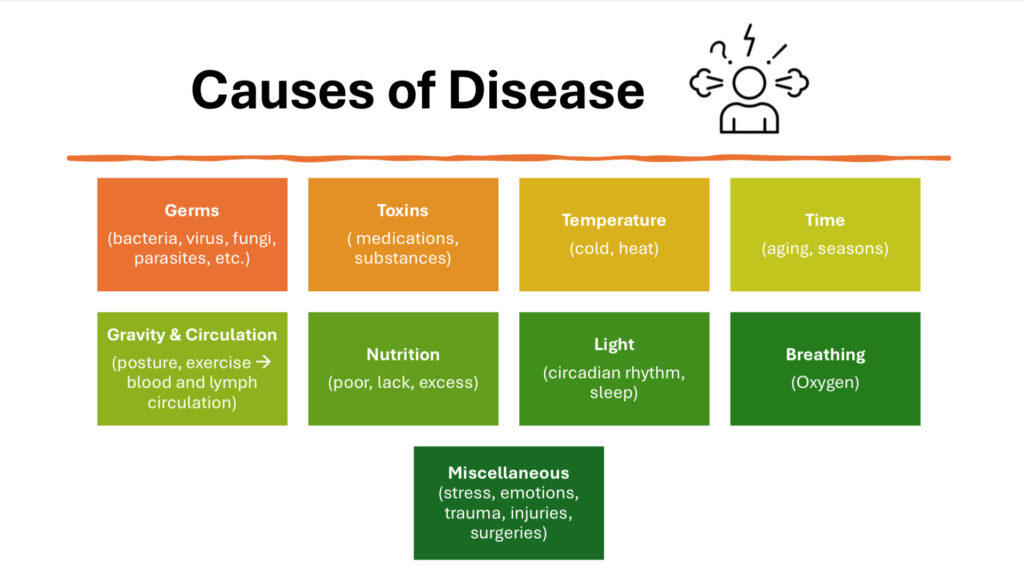On a crisp fall weekend, our acupuncturists gathered for a meaningful seminar exploring the challenges of diagnosis we face every day in clinic. What began as an idea for open dialogue grew into an inspiring exchange of knowledge, clinical insight, and professional growth.
The seminar took the form of an open question-and-answer dialogue, encouraging participants to share clinical observations and treatment challenges. This interactive format created a collaborative space where the depth of Seino system could be explored together, strengthening both our understanding and our practice.
During our discussions, Takamasa Tsurusaki Sensei guided us through a deeper exploration of organ-focused diagnosis and the art of clinical differentiation. Together, we examined how spleen versus heart and liver versus heart patterns manifest in neck and shoulder pain, using hara findings to identify the root imbalance. We also discussed applying different diagnostic perspectives to address both chronic and acute symptoms, emphasized the importance of treating the heart with care and precision, and reviewed the fu channels to understand how the body expresses its signs and symptoms.
We also discussed the importance of using multiple diagnostic conditions both chronic and acute symptoms are present—addressing the immediate complaints while simultaneously treating the deeper organ-level imbalance through the use of our precise prescriptions.
We reviewed the fu channels, which are yang in nature and tend to move upward, highlighted how their imbalances can manifest as distinct signs within the body. These patterns often appear as both acute and chronic conditions expressed —particularly in cases such as gallstones and kidney stones, there is a special need to use the fu channels to treat these conditions.
We also discussed the importance of left-sided signs and symptoms, which often take the highest priority in clinical evaluation. The left side of the body can reflect heart-related stress or potential imbalance, serving as an early indicator of cardiovascular strain. By carefully observing pain, tenderness, or signs of inflammation—particularly anywhere on the left side of the body, including the neck, shoulder, and chest regions, practitioners can identify subtle warning signs and address them proactively, potentially reducing the risk of future heart-related conditions.In addition to these clinical themes, Takamasa formatted a template for discussing 9 Causes of Disease, helping practitioners communicate how internal imbalances manifest as physical and emotional symptoms. This structured approach encourages clearer dialogue, allowing patients to better understand their own healing process and strengthening the partnership between practitioner and patient.

1. Germs (bacteria, virus, fungi, parasites, etc.)
2. Toxins (medications, substances)
3. Temperature (cold, heat)
4. Time (aging, seasons)
5. Gravity & Circulation (posture, exercise → blood and lymph circulation)
6. Nutrition (poor, lack, excess)
7. Light (circadian rhythm, sleep)
8. Breathing (Oxygen)
9. Miscellaneous (stress, emotions, trauma, injuries, surgeries)
Our dialogue extended to the relationship between Western Medicine, Traditional Chinese Medicine, Ayurveda, Quantum Physics and Acumoxa. Rather than viewing these systems as separate, we recognized that each offers unique and complementary insights. By blending holistic thinking and approaching diagnosis as one medicine, we reaffirmed our understanding of what healing entails.
At the heart of this seminar was Takamasa’s ability to weave classical wisdom with modern clinical application. His humour, patience, and compassion reminded us of our art: presence, curiosity, and treating every patient as a whole human being.
The success of this gathering has inspired us to continue creating spaces where practitioners can learn, question, and grow together. We look forward to future seminars where we can further explore Seino-system and deepening our understanding of its application in diagnosis.With deep gratitude, we thank Takamasa Tsurusaki Sensei for his generosity in teaching, and Risa for her ongoing support and dedication, even though she was unable to join us in person, she always here in spirit.